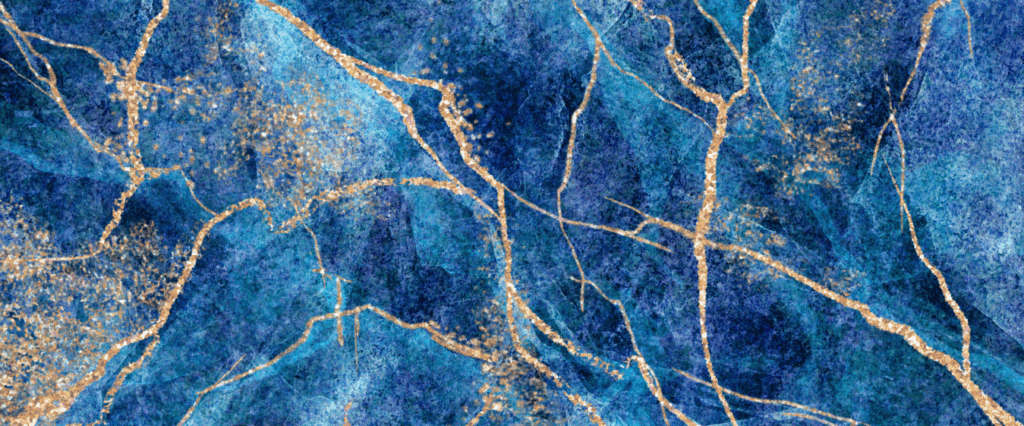Enjoying outdoor activities is something I always cherish, especially in Canada’s wilderness. I look forward to my fitness tracker, which shows me the route I’ve completed and all the other data collected during this activity, like my average speed and other parameters. I often wondered how accurate these results were and investigated various publications and patents on fitness trackers. In 1997 researchers Y. Scuhtz and A. Chambaz from the University of Lausanne, Switzerland, experimented with checking the accuracy of a GPS device. They published a paper titled, “Could a satellite-based navigation system (GPS) be used to assess the physical activity of individuals on earth?” This paper produced the results of several pre-measured runs by an athlete, timed his different performances with a stopwatch, and then compared this data with the readings by a GPS device. Recently, this research finding was used in a patent infringement lawsuit between Philips and Garmin regarding fitness trackers, where Philips was the plaintiff. Philips’ one of the earliest patents in this area was US6013007, filed on 26 March 1998 titled “Athlete’s GPS-based performance monitor.” Garmin’s lawyers used the 20-year-old research article to convince the British high court judge to invalidate the GPS-related patents by Philips, and guess what? They succeeded.
Today, one can find a significant number of fitness trackers on the market, each competing with the other, offering a variety of features. With so many companies on the market today, I wondered if similar patent infringement disputes existed like the one mentioned above. To my surprise, I found that almost all fitness tracker companies are involved in some legal activities. Fitbit, Nike, Adidas, Under Armour, and many others are all currently facing some fitness tracker disputes. Fitness trackers are a small sub-group of the Internet of Things (IoT) devices, and as we know, in general, the IoT area is a hotbed for innovation and a battlefield for legal suits. A quick google search will convince the readers immediately.
IoT terminology represents a system where the internet connects to the physical world via sensors. Today, the number of IoT devices commercially available is larger than the human population! All IoT device properties can be grouped into two distinct divisions: the tangible and intangible parts. The tangible part consists of the device package, processor, sensors, and the network connectors such as the antenna, transmitters, and receivers. The intangible part consists of transmitting the data, storing it on a server, maintaining the security of the information, and analyzing the data.
At UnitedLex, we regularly complete teardowns on smart devices such as smart speakers, fitness trackers, etc. Most teardown reports that I have come across suggest that apart from the outer casing, the other components are usually fabricated by different manufacturers. Yet, when I delve into their patent portfolios, I realize that these smart device manufacturers have filed patents in all aspects of the IoT device. The number of manufacturers claiming that they have a hand in the IoT pot is enormous, yet all of them have mostly adopted the fabless model. Most of the messy legal suits are related to the fact that the portfolios are so diverse, and very few components are manufactured by the IoT maker itself, thus making it difficult to define the core competency of an IoT manufacturer. Gone are the days when a manufacturer could define a few target subjects as their forte. Today, technologies like IoT devices require interdisciplinary skills, and most large manufacturers have the required skill set to cover the entire spectrum of topics. As it is, most device makers take the help of artificial intelligence (AI) to optimize their processor designs, so could it be possible that they also use this new technology for their software and security-related concepts? The involvement of AI in optimizing designs and software will make it hard to identify the owner of liability for patent infringement. Such situations create the perfect scene for divided infringement, and we will surely see many more cases like “Akamai versus Limelight” in the future.
Direct infringement is the most common situation where a single entity performs all claim requirements, and if there is infringement, this entity is responsible. But there could be a situation where part of the claim is executed by a second or even a third party. For example, the IoT device collects the data from a sensor, then transmits the data to a server where some algorithm processes the data, which is licensed from another party. In these situations where more than one player is involved, it is sometimes difficult to decide who should be held accountable for patent infringement during a lawsuit. This was the case for Akamai Technologies and Limelight Networks in 2015. The former had obtained a license for a method of delivering electronic data using a content delivery network. Limelight Networks’ product infringed some of the specifications in the patent licensed to Akamai Technologies. Still, the customers carried out some of the remaining claim elements of the patent, so Limelight Networks believed that they were clear of patent infringement. But Akamai Technologies filed a patent infringement action against Limelight Networks. After a lengthy process, the court finally decided in favor of Akamai Technologies, stating that Limelight Networks was directing or even controlling the performance of its customers, thus being responsible for the infringement.
The IP scenario in IoT will probably become even more complex when 5G becomes prevalent as more and more devices will be connected either with high data rates or with low data rates to utilize the network bandwidth efficiently. In any case, the number of connected devices will increase drastically with the availability of 5G technology. This upcoming technology will also have its tangible and intangible parts. In the hardware section, the semiconductor manufacturers and network infrastructure companies will be present, while in the intangible section, such as cloud and content-delivery-network providers along with telecom operators will be present. So many more companies will be covering several aspects of the 5G technology, which will have the potential for more patent infringement lawsuits.
The IP landscape of IoT will change rapidly as more smart devices are introduced, like smart fridges, smart houses, smart cars, and smart cities. One thing is certain that future innovation will require inventors to define a narrow domain of core competence as well as the willingness to collaborate with other players in the field. A detailed technical understanding of the players and their strengths needs to be formed. One also needs to be aware of the product’s ecosystem and be cognizant of who is collaborating with whom. This is where UnitedLex can assist; we have the fundamental ability to physically analyze smart devices and perform reverse engineering on both hardware and software applications. Thus, we can quickly identify the partnerships between different manufacturers, and this becomes even more effective when multiple generations are studied.
As I think about the connectivity and continuous data transfer between devices, I am reminded of the book “Homo Deus” by Yuval Noah Harari. He says that biotechnology and AI, with their data processing methodologies, will eventually pervade every aspect of our lives. Our bodies may be implanted by IoT devices that will communicate with the world around us in the future. The author ends his book with this question: “are organisms just algorithms, and is life just data processing?” And I ask the question: how do we decide who the owner of this algorithm and its inventor is?
At UnitedLex, we are proud to be the patent and analysis partners to the global technology and IP communities.
Written by: Dr. Arabinda Das, Director, IP Solutions at UnitedLex










